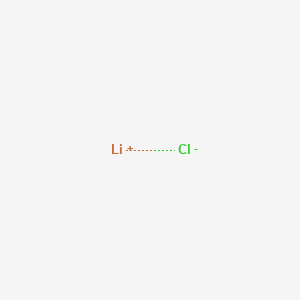Mongolian sheep is one of the most widely distributed and historically significant sheep breeds in China. Native to the Inner Mongolia Autonomous Region and the Mongolian People's Republic, this breed has now spread across northeastern, northern, and northwestern provinces of China. It is categorized into two main types: pastoral and agricultural. As one of the three major sheep breeds in China, it plays a crucial role in the country’s livestock industry.
Mongolian sheep are known for their resilience and adaptability. They can thrive on rough forage and have an exceptional ability to forage for grasses even in harsh winter conditions. This makes them cost-effective compared to other breeds. Their size and weight vary greatly depending on the local ecological environment, making them highly adaptable to different regions.
**Appearance Characteristics**
Due to their wide distribution, Mongolian sheep exhibit a variety of physical traits based on the region they inhabit. Generally, they have a strong and sturdy build, with well-developed bones and a slightly elongated head shape. Their nose is prominent, and their back is straight. Most of them have white coats, often with black or yellow-brown patches on the head, neck, and legs. Male sheep (rams) typically have horns, while females (ewes) may be hornless or have small ones. Ewes also tend to have drooping ears. The neck is of moderate length, the chest is deep, and the ribcage is not overly open. Their tails are short and fat, with the tail fat becoming more pronounced in autumn and winter, and thinner in spring.
**Production Performance**
There is considerable variation in production performance across different regions. For example, adult rams in central Inner Mongolia have an average weight of 69.7 kg, while adult ewes weigh around 54.2 kg. In contrast, rams in the Hexi region of Gansu Province are lighter, averaging 47.40 kg, with ewes weighing about 35.50 kg. The wool yield is also variable, with adult rams producing 1.5–2.2 kg of wool per year and ewes producing 1.0–1.8 kg. The clean wool rate is approximately 77.3%, and the slaughter rate is around 50%. Reproductive performance is relatively low, with most ewes giving birth once a year, and the rate of twin births ranging from 3% to 5%. Mongolian wool is considered heterogeneous, and shearing is usually done twice a year. The spring wool length ranges from 6.5 to 7.5 cm, with an overall wool yield of about 77.3%.
Melting point 605 °C(lit.)
Boiling point 1382°C
density 2.06
vapor pressure 1.33 hPa (547 °C)
refractive index n20/D 1.381
Fp -4 °F
storage temp. 2-8°C
solubility H2O: soluble
form beads
Lithium Chloride CAS No.7447-41-8
Lithium Chloride Basic Information
Product Name: Lithium Chloride
CAS: 7447-41-8
MF: LiCl
MW: 42.39
EINECS: 231-212-3
Mol File: 7447-41-8.mol
Lithium Chloride Structure

Melting point 605 °C(lit.)
Boiling point 1382°C
density 2.06
vapor pressure 1.33 hPa (547 °C)
refractive index n20/D 1.381
Fp -4 °F
storage temp. 2-8°C
solubility H2O: soluble
form beads
color White to gray
Lithium Chloride Use
Also used for air conditioning, pyrotechnics, dry batteries and lithium metal, also used as a flux and desiccant.
Lithium Chloride,Lithium Chloride Formula,Lithium Chloride Uses,Lithium Chloride Price,Lithium Chloride Solution
Shandong YingLang Chemical Co.,Ltd , https://www.sdylhgtrade.com